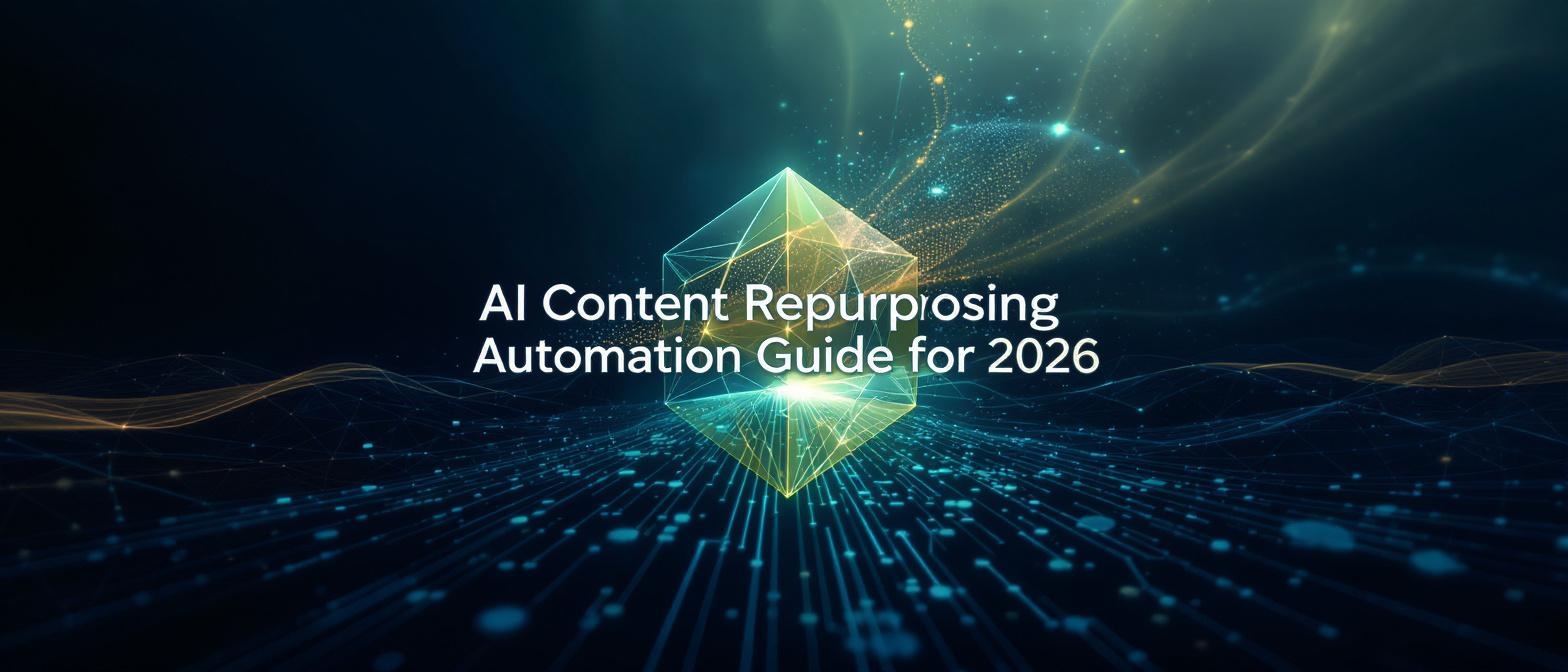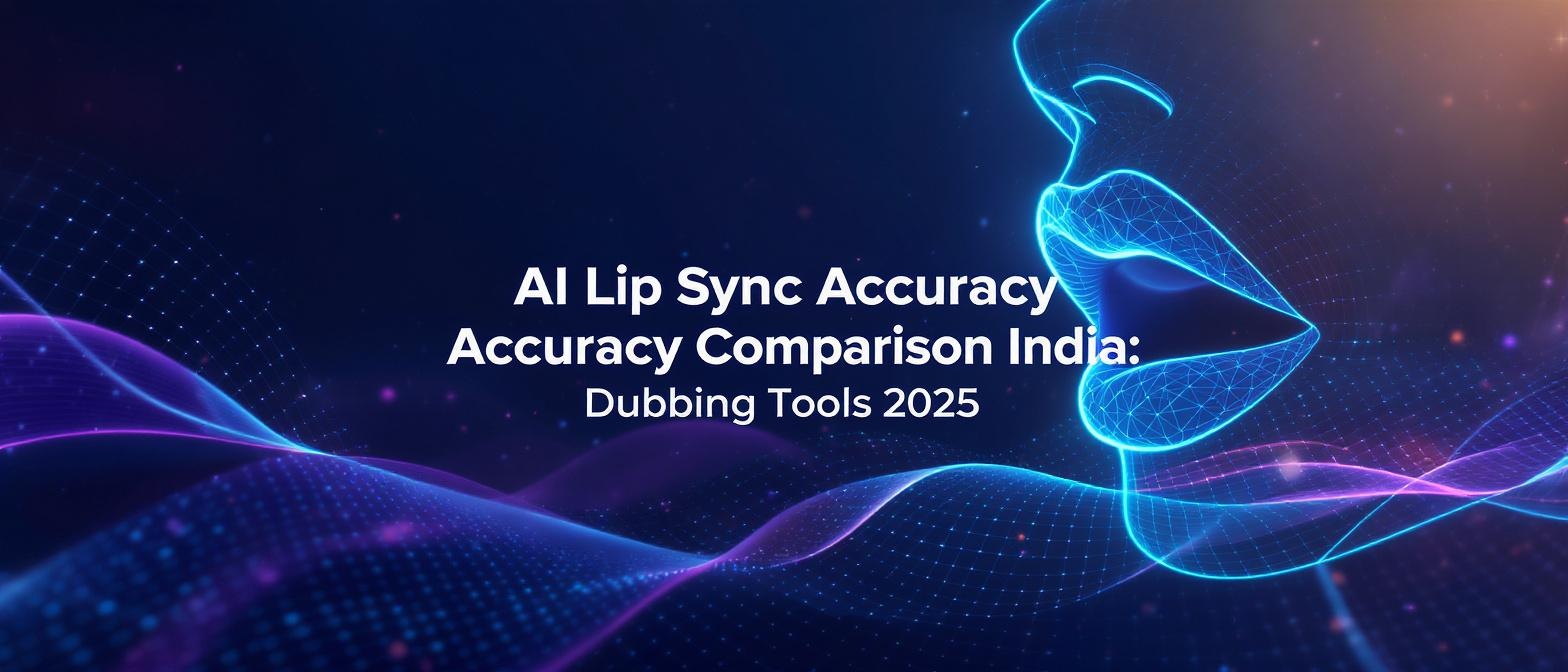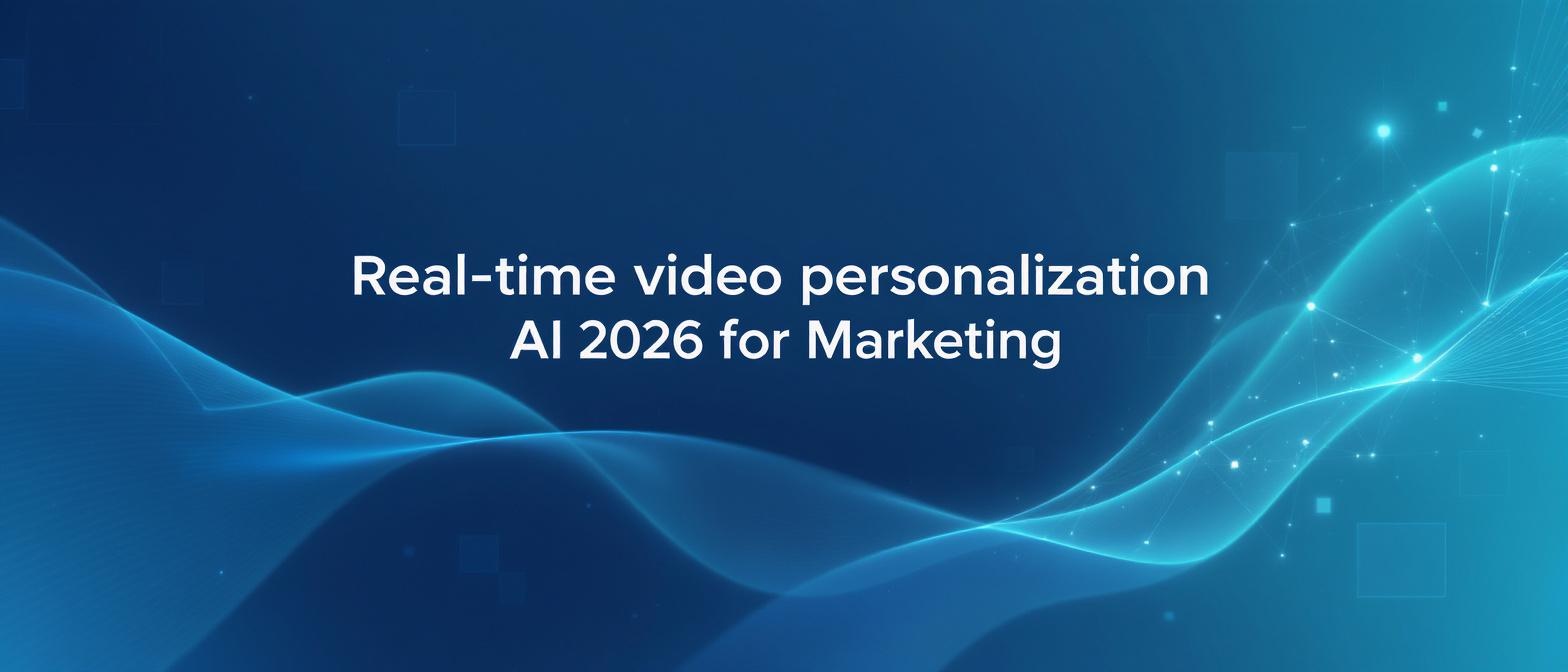AI Video Compliance India 2025: Navigating the Regulatory Framework for Privacy-First Personalization
Estimated reading time: ~9 minutes
Key Takeaways
- The DPDPA and new AI Rules demand explicit consent, labeling, and robust data privacy for AI-generated video.
- A compliant platform such as Studio by TrueFan AI streamlines consent management and ethical avatar usage at scale.
- Privacy-first personalization is essential to meet data minimization and user rights requirements under the new regulations.
- Transparency and accountability build consumer trust and reduce reputational risk in AI video creation.
The Clock is Ticking: Why AI Video Compliance in India 2025 is Your Top Priority
The explosion of generative AI has unlocked unprecedented opportunities for enterprise video content, from hyper-personalized marketing campaigns to scalable corporate training. Yet, this technological leap forward is met with an equally powerful regulatory stride in India. For enterprise legal and compliance teams, understanding AI video compliance India 2025 is no longer a future-looking exercise; it is an immediate and critical imperative. With the landmark Digital Personal Data Protection Act (DPDPA) and new AI-specific rules on the horizon, the landscape of digital creation is being fundamentally reshaped.
This new reality is governed by a stringent AI video regulatory framework designed to protect personal data, ensure transparency, and build consumer trust in an age of synthetic media. For Chief Compliance Officers and Legal Counsels, mastering the nuances of DPDPA compliance video AI is paramount. Failure to do so exposes organizations to severe financial penalties, significant reputational damage, and the loss of consumer trust. This ultimate guide is designed to equip you with the strategic insights and actionable guidance necessary to navigate consent management, data privacy, compliant avatar usage, and the ethical guardrails that will define success in India’s new digital era.
1. Understanding the Regulatory Landscape: DPDPA, AI Rules, and Ethical Mandates
The year 2025 marks a watershed moment for digital governance in India. Three core pillars form the new AI video regulatory framework that every enterprise must build its strategy upon.
The Digital Personal Data Protection Act (DPDPA) - Effective July 2025
The DPDPA is India’s comprehensive data privacy law, analogous to GDPR. For AI video, its implications are profound. The act introduces the concept of a “Data Fiduciary” (the entity controlling data processing) and mandates several core principles:
- Notice and Consent: Before processing any personal data—including a person’s likeness or voice for an AI video—organizations must provide clear, itemized notice and obtain explicit, unambiguous consent.
- Data Minimization: Fiduciaries must only collect personal data that is absolutely necessary for the specified purpose.
- Purpose Limitation: Data collected for one purpose cannot be repurposed for another without fresh consent.
- Data Retention Limits: Personal data must be erased once its specified purpose is fulfilled.
- Breach Reporting: Organizations are required to report data breaches to the Data Protection Board and affected individuals.
Non-compliance carries severe penalties, with fines potentially reaching up to ₹250 crore, making adherence a board-level concern.
Source: BigID
The Draft AI Rules: Tackling Synthetic Media Head-On
Recognizing the potential for misuse, the Ministry of Electronics and Information Technology (MeitY) has introduced draft rules specifically targeting AI-generated content, or “synthetic media.” These rules are designed to ensure transparency and accountability:
- Mandatory Labeling: Any AI-generated video or audio must be conspicuously labeled as such. The proposed guidelines are specific, suggesting a visible label covering at least 10% of the video display or being present for the first 10% of the audio’s duration. This ensures viewers are never deceived about the nature of the content they are consuming.
- Prohibition of Deceptive Deepfakes: The rules explicitly prohibit the creation and dissemination of deepfakes intended to mislead or deceive, particularly in critical contexts like politics or public discourse.
These regulations place the onus on platforms and creators to build traceability and transparency directly into their AI video workflows.
Source: Cyril Amarchand Mangaldas
Sector-Specific Ethical Guidelines from NITI Aayog & MeitY
Beyond hard law, government bodies like NITI Aayog are promoting a principles-based approach to AI ethics. These guidelines, while not always legally binding, signal the government’s expectations for responsible AI deployment. They emphasize:
- Risk-Based Assessment: Evaluating AI systems based on their potential impact on individuals and society.
- Transparency and Explainability: Ensuring that AI-driven outcomes can be understood and audited.
- Accountability: Establishing clear lines of responsibility for the actions of AI systems.
For enterprises, these principles should serve as a north star for developing internal governance policies for AI video creation and deployment.
Source: Press Information Bureau
2. Consent Management & Data Privacy: The Cornerstone of Compliant AI Video
Under the DPDPA, the casual “I agree” checkbox is obsolete. For AI-generated video, which often relies on the most personal data of all—our biometric likeness—the standards for consent are exceptionally high.
AI avatar consent management is the formal process of capturing, recording, maintaining, and managing an individual’s explicit and informed permission to use their likeness (face, voice) to create and distribute a synthetic video. This goes far beyond a simple model release form.
DPDPA Requirements for Consent:
- Explicit & Documented: Consent must be a clear, affirmative action. It must be logged in an auditable format, timestamped, and linked to the specific purpose for which the likeness will be used.
- Mechanisms for Revocation: Users must have an easily accessible way to withdraw their consent at any time. Upon revocation, their data must be erased according to “right to be forgotten” principles.
- Clear Privacy Notices: At the point of collection, individuals must be given a clear privacy notice detailing what data is being collected, for what purpose, how long it will be stored, and if it will be shared with any third parties.
The Technical Implementation of Modern Consent
To meet these standards, organizations must move beyond legal documents and implement technical solutions. This includes:
- Just-in-Time (JIT) Notices: Small, contextual pop-ups that inform the user about data usage at the exact moment it’s relevant, rather than burying it in a long policy.
- Layered Privacy Policies: Providing a simple, high-level summary of the privacy policy with the option to click through for more granular detail.
- Granular Consent Dashboards: User-facing portals where individuals can see exactly what they have consented to and manage those permissions granularly (e.g., consent for marketing videos but not for training videos).
Platforms like Studio by TrueFan AI enable these granular consent workflows through built-in, auditable mechanisms that link every generated video back to a specific, affirmative consent record, simplifying compliance for enterprises.
3. A Blueprint for Compliant AI Avatar Usage in India
Simply having consent is not enough; the avatars themselves must be managed within a compliant ecosystem. Compliant AI avatar usage in India means using only ethically sourced, fully licensed avatars with traceable provenance and built-in compliance guardrails.
Key Challenges for Enterprises:
- Tracking Consent at Scale: How do you manage and track thousands of consent records for employees, customers, or actors, ensuring each video generated adheres to the specific permissions granted?
- Real-Time Labeling: How do you automatically apply the mandatory “AI-generated” labels to all synthetic media outputs to comply with the Draft AI Rules?
- Grievance Redressal: What is the process if someone believes their likeness has been misused or wishes to revoke consent?
Introducing the "Compliance Ledger"
A crucial concept for enterprises is the “Compliance Ledger”—an immutable, digital record of consent and usage rights associated with each AI avatar. This ledger should track:
- Who gave consent (the individual).
- When consent was given (timestamp).
- The specific scope of consent (e.g., for use in internal HR videos for 12 months).
- A cryptographic link to the master video files generated using that consent.
This creates an audit trail that can be presented to regulators to demonstrate proactive compliance.
The Platform Solution: Studio by TrueFan AI
Enterprise-grade platforms are essential for implementing these controls at scale. Studio by TrueFan AI provides a robust solution built on a “consent-first” governance model:
- Pre-Licensed, Ethically Sourced Avatars: The platform offers a library of photorealistic avatars (such as Gunika, Annie, and Aryan) from real actors who have provided explicit, broad-ranging consent for commercial use.
- Built-in Compliance & Safety: All video outputs are automatically watermarked for auditability. The platform includes real-time content moderation filters that block hate speech, political endorsements, and other sensitive topics.
- Enterprise-Grade Security & Auditing: With ISO 27001 and SOC 2 certifications, the platform guarantees the highest standards of data security. It provides robust audit trails via webhooks and APIs.
Explore the features at studio.truefan.ai.
4. Architecting Privacy-First Video Personalization
Video personalization is a powerful tool for engagement, but under the DPDPA, it must be re-architected around privacy. Privacy-first video personalization is an approach where workflows are designed with data minimization, end-to-end encryption, and user rights as foundational principles, not afterthoughts.
Legal Requirements for Personalization:
- Data Minimization: Only collect the absolute minimum data required for the personalization task.
- Secure Retention Policies: Personalized data must be stored securely and deleted according to predefined retention schedules.
- User Rights by Design: Systems must be built with user rights in mind, providing portals for accessing, correcting, or deleting personal data.
A 2025 forecast from Gartner predicts that 60% of large organizations will use at least one privacy-enhancing computation (PEC) technique by 2025 to perform analytics in untrusted environments.
Source: Gartner
How Compliant Platforms Enable Privacy-First Personalization
The right technology stack can solve this challenge. Studio by TrueFan AI’s 175+ language support and AI avatars allow for powerful personalization without requiring additional Personally Identifiable Information (PII). Dynamic text-to-speech and text overlays can personalize messages with a customer’s name or location without storing sensitive profile data on the platform.
The platform’s architecture is built for privacy:
- Secure Cloud-Agnostic GPU Backend: Data is processed in a secure environment with end-to-end encryption.
- Built-in DPDPA Compliance Modules: The system is designed with the DPDPA’s principles at its core.
- ISO 27001/SOC 2 Controls: Third-party validations ensure robust security and privacy controls.
5. Navigating Avatar Likeness Rights & India’s Ethical AI Video Guidelines
Beyond data privacy, the use of AI avatars touches upon fundamental intellectual property and personality rights. Avatar likeness rights in India represent the complex intersection of personality rights, copyright law, and privacy law. There is no one-size-fits-all consent; permission must be context-specific for each intended use case.
India’s Ethical AI Video Guidelines in Practice:
The ethical principles promoted by NITI Aayog must be translated into concrete operational policies:
- Radical Transparency:
Clear Labeling: Adhere strictly to the Draft AI Rules for labeling all AI-generated content.
Viewer Disclosures: Go beyond the minimum requirement. Include a brief disclosure that an AI avatar is being used. - Fairness and Non-Discrimination:
Algorithmic Bias Review: Regularly audit AI models and generated content to avoid perpetuating harmful stereotypes.
Diverse Representation: Ensure stock avatars offer diverse representation of your audience. - Human-in-the-Loop (HITL) Oversight:
Content Audits: Implement periodic human reviews of generated videos.
Clear Escalation Paths: Establish a process for escalating ethically ambiguous content requests.
6. Compliance in Action: Case Studies & The ROI of Getting it Right
The principles of AI video compliance India 2025 are not just theoretical. Leading brands are already implementing these strategies to drive engagement while mitigating risk.
Case Study: Zomato’s Compliant Mother’s Day Campaign
The Challenge: Zomato wanted to create a highly personalized Mother’s Day campaign featuring a celebrity avatar, requiring airtight compliance and consent management.
The Process:
- Avatar Licensing: A formal agreement was signed with the celebrity, defining scope, duration, and context of avatar use.
- Explicit Script Approval: Every script variation was pre-approved to ensure the celebrity’s likeness was not used for unapproved messaging.
- Consent Logging: Permissions and approvals were logged in a centralized, auditable system.
- Visible Labeling: The final videos included a clear “AI-generated” label.
The Outcome: The campaign was a massive success, driving 20% higher engagement with zero compliance incidents.
The Tangible ROI of a Compliance-First Approach
Investing in a compliant AI video strategy is not a cost center; it’s a value driver. The average cost of a data breach in India has reached ₹17.9 crore, a figure expected to rise with DPDPA enforcement.
Solutions like Studio by TrueFan AI demonstrate ROI through accelerated, compliant content production, reducing legal review cycles by up to 70% and mitigating fines that can reach 4% of global turnover under the DPDPA. With hundreds of enterprise sign-ups and tens of thousands of videos generated with a 100% compliance record, the platform proves that speed and safety can coexist.
Frequently Asked Questions
Q1: What is the exact deadline for DPDPA compliance?
The Digital Personal Data Protection Act (DPDPA) is expected to be fully effective by July 2025. The government will notify the exact dates for different provisions, but businesses should aim to be fully compliant by this deadline to avoid penalties.
Q2: Do the Draft AI Rules apply to internal corporate training videos?
Yes, the rules apply to all forms of AI-generated synthetic media, whether for internal or external audiences. If you use an AI avatar to create a training video, you must still label it appropriately for transparency.
Q3: How can I prove I have "explicit consent" for using an employee’s likeness in an AI video?
A signed paper form is no longer sufficient. You need a digital, auditable trail that includes a timestamped record of the employee agreeing to specific terms through a digital interface. Platforms like Studio by TrueFan AI create immutable digital consent logs that link the employee’s affirmative consent directly to the video assets.
Q4: What’s the difference between a licensed stock avatar and a custom digital twin?
A licensed stock avatar is a premade, photorealistic avatar of an actor who has provided broad consent for commercial use. A custom digital twin is an AI-generated avatar of a specific individual. Creating a digital twin requires a more rigorous consent process under the DPDPA, covering each potential use case for that individual’s likeness.
Q5: Are there specific data residency requirements under the DPDPA for AI video data?
The DPDPA permits data transfers to most countries except those on a restricted list that the government will notify. However, the law requires that data remain protected at a DPDPA-equivalent level even when transferred abroad. Working with platform providers who adhere to these standards is crucial.
Source: MeitY
Conclusion: Proactive Compliance is the New Competitive Advantage
As the July 2025 deadline approaches, the imperative for enterprise compliance and legal teams is clear. The era of unregulated AI experimentation is over. Proactively aligning your video strategy with the AI video regulatory framework—specifically the DPDPA and the new AI Rules—is the only way to mitigate catastrophic risk and build sustainable consumer trust.
Adopting robust consent management protocols, architecting for privacy-first personalization, and adhering to strict ethical guidelines are the essential components of a defensible AI video compliance India 2025 strategy. By embracing this new paradigm, you not only protect your organization but also position it as a trusted leader in the future of digital communication.
Take the Next Step Towards Compliant AI Video Generation
Don’t wait for the regulations to become a liability. Take control of your AI video strategy today.
- Explore Studio by TrueFan AI: Schedule a demo to see our compliant, enterprise-grade AI video generation platform in action.
- Consult with Our Experts: Contact TrueFan’s compliance consultants for a bespoke assessment and guidance on creating audit-ready deployments tailored to your organization’s needs.





